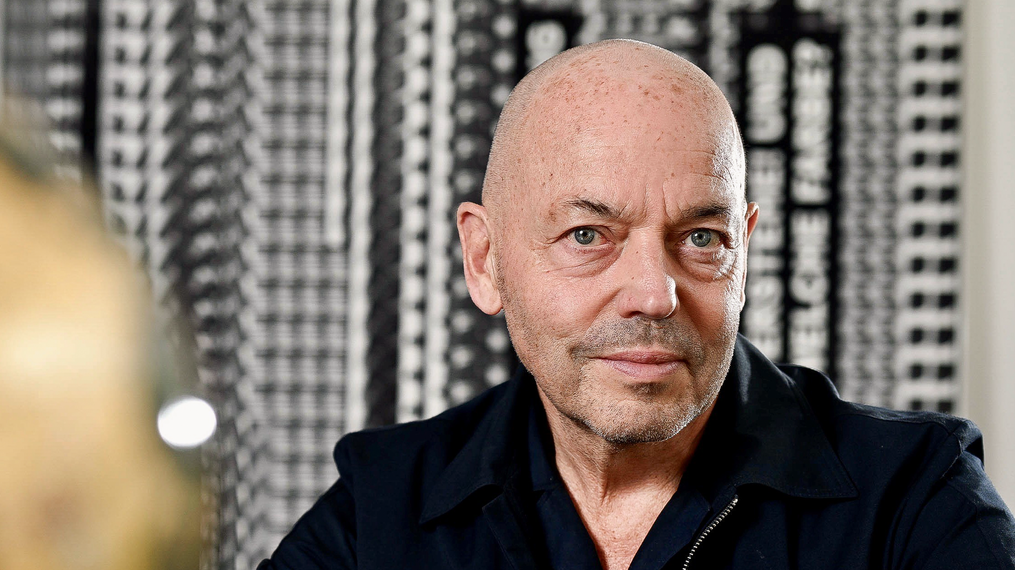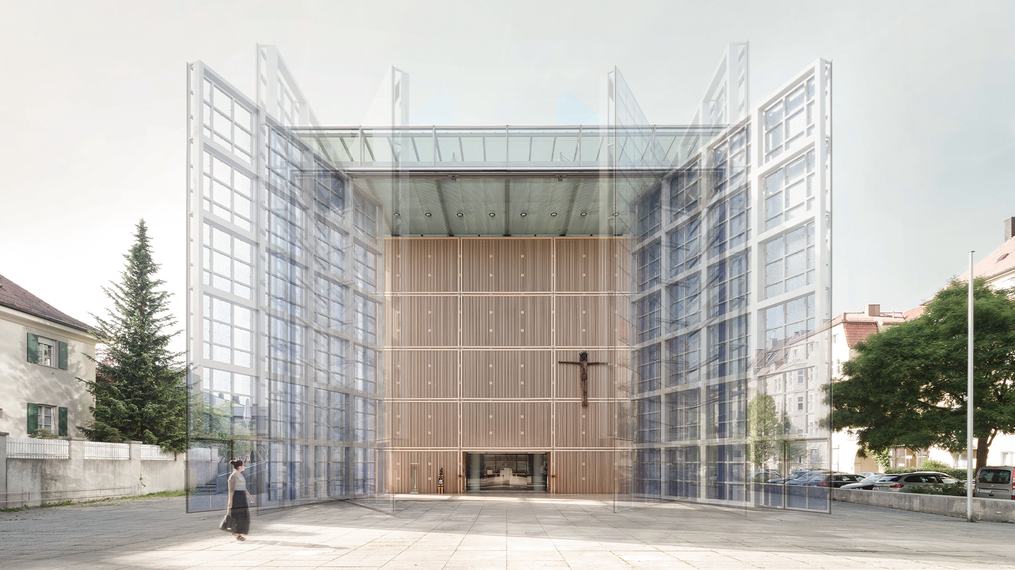You are the president of the German Sustainable Building Council - What is the mission of this council?
Amandus Samsøe Sattler: All sectors of the construction industry are represented in the association, from planning to real estate development. We wanted to offer a system that makes sustainable building understandable and measurable. This goal will be advanced with the certification of buildings, through which the various aspects of sustainable planning, construction and management become practically applicable. That also has to do with financial success. A certified property is worth more than a property that is not certified. Many believe that in the future buildings without certificates will drop out of the market.
Where does the construction industry stand today on the issue of sustainability?
A.S.: Significant efforts are being made in many areas of the industry. There are some excellent lighthouse projects, research projects, and start-ups. However, the question is when will we actually have widespread implementation and when will the policy be ready so that the corresponding laws are followed. Society, too, must be prepared to live sustainably in a consistent way and not make any compromises in construction either. That will take a few more years or even decades, I would say.
In which direction should society go, how far does it have to go?
A.S.: There are more and more standards that also demand more, the laws also support many expansive approaches that are counterproductive. In building conversion, the same standards are still required as for a new construction; this is where we need change. We call this the transition to sustainable construction. Awareness of possibilities in the field of redevelopment is just emerging. However, this contrasts with the constant demand for growth, which is still very clearly present in the policy.
We need to come to a complete halt now, otherwise we will not reach our climate targets. Continuing with new constructions or demolishing and redeveloping buildings will not take us where we need to be. And that is why the alarming message is this: We must make fewer new buildings! Many people don't like that because that's how they make money. But if we take scientifically proven findings seriously, then we must quickly change our productivity.
In your opinion, to what extent is sustainable building ingrained in the consciousness of architects and planners?
A.S.: Now this really comes down to the planners. An educational campaign is currently underway, for trainees on the job, and also at universities. At universities, the topic of sustainability is included in the curriculum, but it is still not sufficiently embedded in education in general. First and foremost what you learn is to design something new. Also, many offices don’t really have enough opportunities to implement sustainable planning. In the end, it is the client and the finances that decide, and often the conventional standard solution is chosen which seems the most cost-effective at the first glance.
Are completely new professional fields also emerging?
A.S.: Yes, and I find that very inspiring. Because I believe that the time of the designing architect who conquers the world with really fantastic and furious ideas is over. We will now be in the age of architecture that mainly serves climate in a reductive way. We want to plan robust and good architecture that can be converted, as also architecture that involves a lot of modification and renovation: building additions, more storeys, extensions, conversions. We want to use greenhouse gas reducing materials and constructions and reused components.
How relevant is the economic aspect?
A.S.: It was always relevant. Now we have rising interest rates, high construction costs, and high operating costs due to the increasing energy costs. If energy, which has been relied on for the last few years, becomes more and more expensive, this poses a big challenge for the population. HELLA has a nice advertising slogan - COOL SHADOWS. You can totally do without air conditioning and save energy if you use good sun blinds and consider the many important climatic aspects during construction. That is the good news: There isn't a whole lot that we need and consume if the house is built sensibly using the right elements.
We at HELLA believe that it is a wrong decision to buy windows or facades without integrated sun protection systems. How do you see it?
A.S.: I agree. Not everyone knows how to choose the right sun protection system. Also, because all the available sun protection systems are not the same. Many people only think of the normal standard sunblind and then all the houses end up looking the same when the sun shines. I find textile hangings particularly interesting. They can lend the house yet another aesthetic quality, perhaps even with their colour. Sun protection, with all its consequences, is just as important and serious a topic in the design process as any other! A special aspect to be considered is also how to bring daylight into the building, despite the need for privacy, glare and heat protection. Using daylight also saves energy and spares people from having to work in artificial light. I believe exterior sun protection should become standard in all residential and commercial buildings.
Which projects and highlights in your career are you particularly proud of?
A.S.: There is one project that I am proud of to this day, although I wouldn't build it like that again for reasons of sustainability. The Church of the Sacred Heart of Jesus in Munich, which is a glass building, thrives on the natural light, which is modelled by the special facades. Thus, the light creates the space. But a glass building heats up in summer and also cools down in winter. We couldn't offer the client - the church - an air conditioning system to quickly cool 16,000 cubic metres of overheated ambient air. The building is a large single-nave church, partly made of printed glass on the outside, with a second shell of wooden slats on the inside. We succeeded in air-conditioning the church in a natural and regenerative way and making it usable.
What does sustainability mean to you personally - how do you live it?
A.S.: Before Corona I was a frequent flyer, now I have almost not taken any flights in three years. Now we go everywhere by train. I got rid of my car and we eat a purely organic diet. We try to do a lot of things right ourselves and make sure that we are not speaking with a forked tongue: That is, talk in public about how important sustainability is, and behind the scenes be ashamed of our own actions. In the beginning, we had to remind ourselves to live sustainably again and again, now it has become our life principle.
Thank you very much for the interesting conversation!

